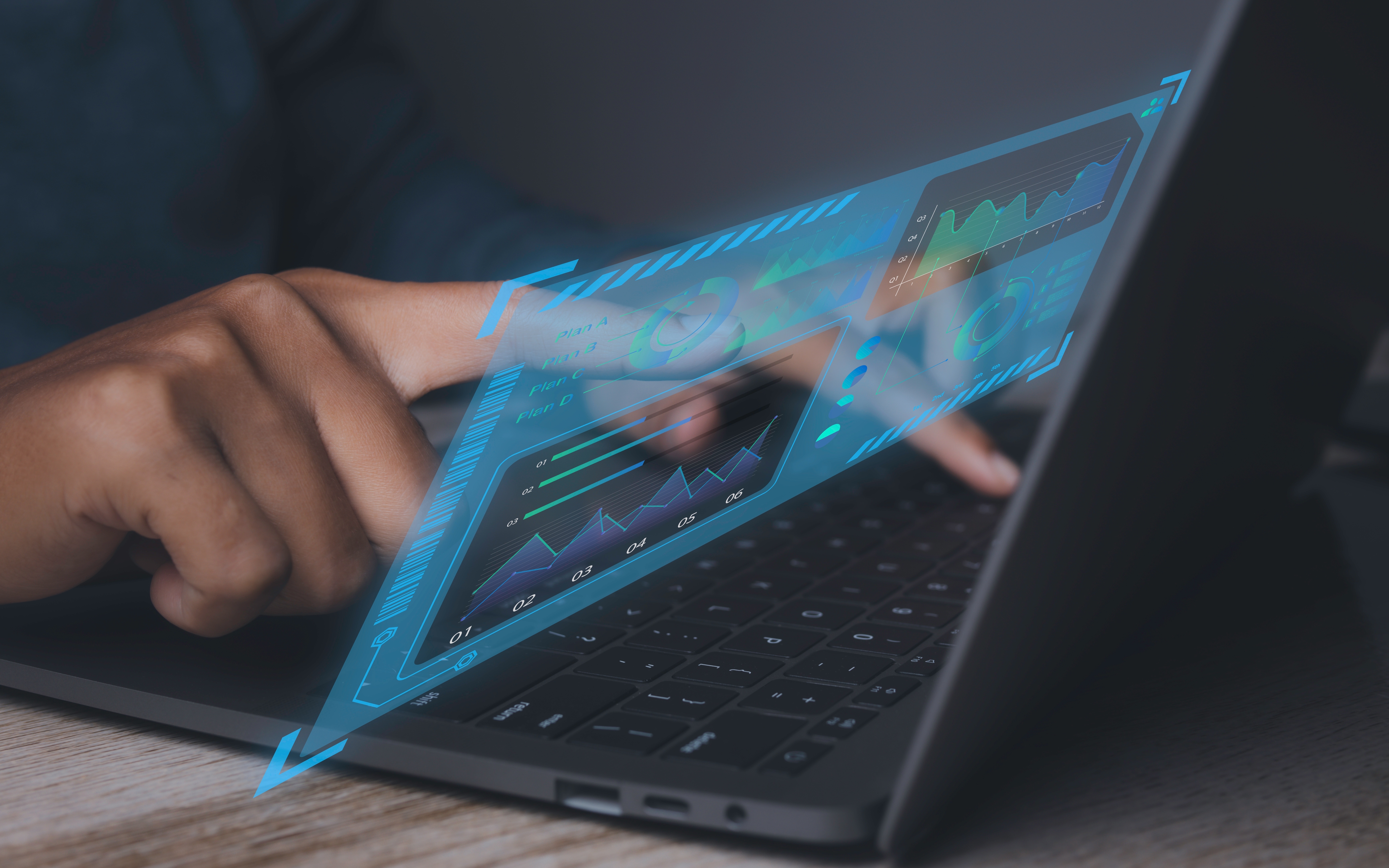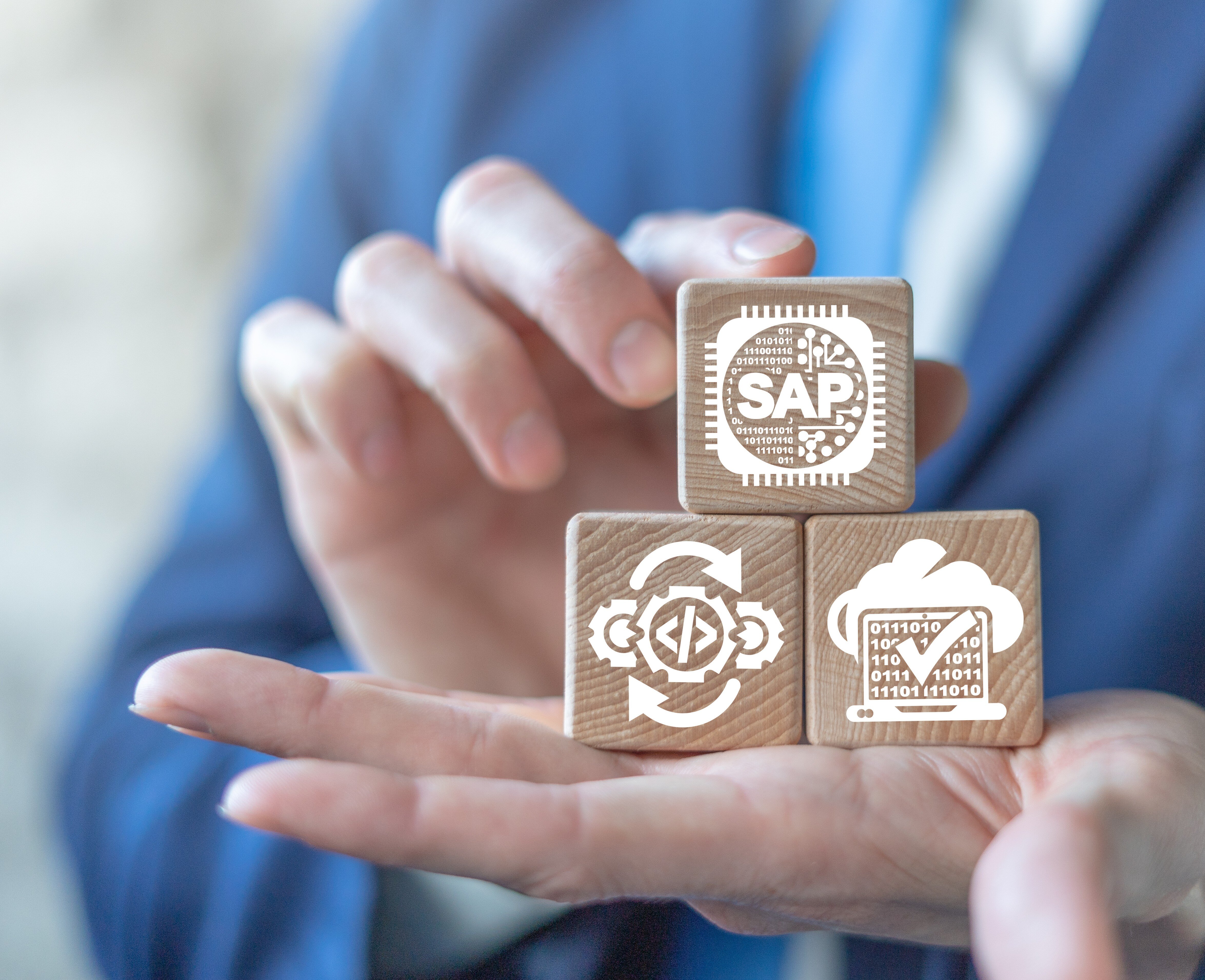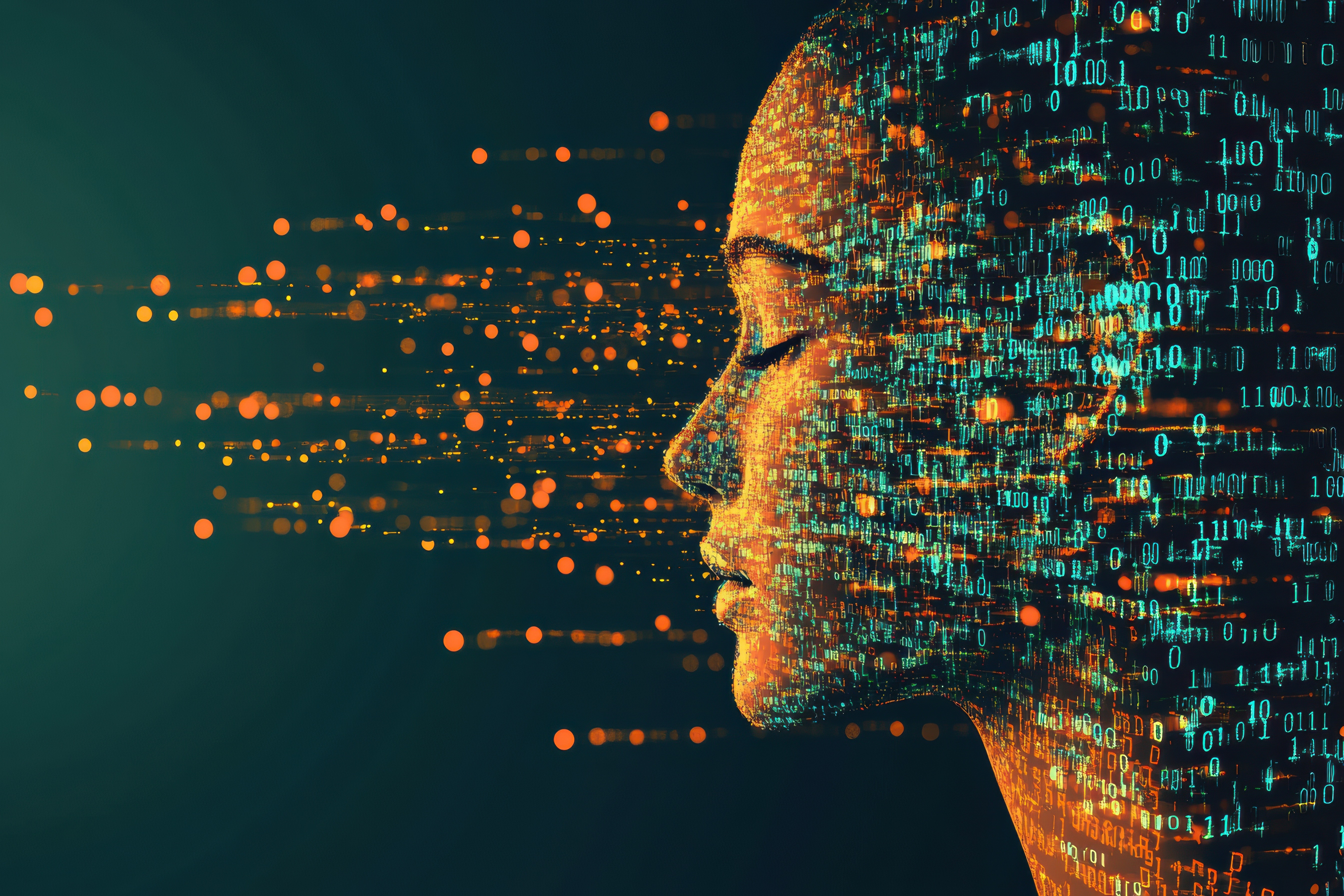What is the strongest resource of a business?
Is it the infrastructure that keeps things running or the technology that simplifies tedious tasks?
IT people tend to relate business performance effectiveness to their technical environment/landscape, while in reality, it’s just a collection tool used by “supposed to be” skilled resources to manage information attached to a company’s processes.
Indeed, both infrastructure and technology are vital resources for any organization. However, how data and information are managed also makes a huge difference. This is because the transfer of data and information regulates the communications across the organization at the proper level to address business or organization critical decisions.
The amount of information available, accessible and usable is what makes the difference in ruling the business and “winning” the market.
In terms of HR processes, which data is processed and how is vital for the well management of any organization, most for large companies.
The more personnel information is available (collected within or outside the company), the more it is possible to create company/group-wide reporting that embraces all aspects of any employee lifecycle and not only in a reactive way (based on actual or historical facts) but also a predictive one.
What exactly is People Analytics in Business?
People analytics is a data-driven approach to managing and analyzing personnel information. Still, it can also be related to the “people”, all related to improving organization performance by leveraging personnel HR KPI (productivity, turnover, compensation, evaluation, etc.)
Nowadays, people analytics are becoming increasingly strategic because of trends in generations’ working behavior (e.g., preferred life balance vs. career), Diversity and Inclusion themes (gender gap, ethnicity, etc.), and even unpredictable turnover values due to recent historical facts (pandemic, war…)
Basically, the people analytics scenario supports monitoring the activities of primary HR processes such as Recruiting Personnel Administration, Organization Management, Time Management, and Payroll.
However, more focused tools are being developed to widen the HR scenarios supporting activities related to processes managing “people”, such as learning, performance goal definition, and career plan management.
The whole set of People Analytics helps the company identify better ways to grow within an ever-changing global scenario. It improves existing workforce performance and capabilities by providing solid forecasts and predictions on the “future,” activating effective synergies to limit the odds.
But, prior to talk about tools, it’s necessary to establish how to retrieve and manage data.
Designing a unique model of People Analytics
People analytics empowers a company by strengthening organizational management and improving personnel lifecycle management to better understand “people” and their context.
As many systems solutions and tools can be designed to collect “HR requirements”; however, none of them can be truly effective if a common and shared HR data model hasn’t been accurately defined. Common HR scenario usually merges source data coming from heterogeneous applications/tools and then relies on OnPremise (ERP, 3rd party BSS) or Cloud platforms.
Due to their difference in the data management approaches, such tools require “a unique model” to embrace the data and information relevant to govern HR processes. The shared model across the organization includes structured information defined over data having a clear Lineage and trust.
According to this “unique model,” people analytics environments can be built to be modular and scalable to allow cross-relations and drill-through on HR processes.
Critical insights can be defined to drive decision making to an edge, like,
Identify leading causes for turnover and address Talent retention policies
Identify correlations between KPI as Recorded Accident frequency and lack of Safety Traning
Leverage Training by assigning educational programs to employees by groups and objectives
Recruit the “right” people having information on “what” defines a Talent with the company
Start recruiting campaign to reach Diversity & Inclusion targets
In other words, people analytics can directly influence the growth of any organization by helping them to take critical decisions regarding their workforce. This makes building a consistent people analytics model crucial for any organization.
Like every other process, the development of the people analytics model consists of several steps that can be successfully completed by partnering with an accomplished partner, like Syscons. Our team has extensive knowledge of the field and understands your business and HR specific needs to help you design a consistent people analytics model catering to your demand.
How to designing People Analytics Model
Although a different type of HR needs different things from their workforce, people analytics have the potential to address all of them when designed with the following steps.
Identify Relevant Data
Every organization collects and maintains employee data; however, retaining relevant data is the key to successful people analytics. So, in the beginning, HR must define the critical performance indicators data to determine the relevant data to be analyzed by people analytics.
Process and data Owners tend to bring in all the source data they have. The main goal is not to show how good and comprehensive the data collection process is but how much of the available data leads to significant information measuring HR performance.
Knowing a precise perimeter of KPIs to implement helps to understand how many degrees (dimensions) it could be requested to analyze them. Strategically speaking, the decision is used to be made on a limited set of the axis, while to pursue the “goal” defined on that axis (executive view) is requested to drill-through through what defines the results of that axis in detail (operative view).
Selecting an Expert to Design, the Model
People analytics is one of the fastest-growing tools out there. Therefore, there’s an enormous options of technologies to design suitable models. The key is partnering with industry experts to explore the most suitable options.
They will not just support you throughout the development of the people analytics model but help select the best data visualization technique to present it in a user-friendly manner.
The main reasons for failure in People Analytics implementation are sometimes assigning the task to the people skilled in IT and system integration with limited competencies on “HR Matter”.
It is a fact that having consultancy skills within the workgroup accelerates the model definition processes (basing technical choices both on the system and HR, and in the end, business needs) but also provides bold support for the solution during all the realization and go-live transition, limiting inefficiencies and delays
Developing a Unique People Analytics Model
Every organization is unique, and so are its needs from the people analytics model.
The people’s data analysis can be highly influenced by several factors, say, geographical, social, economic, etc. The organization has to examine all such aspects and develop a unique model which fits perfectly according to such needs of the company.
Speaking of HR, the main KPIs are obviously the same in any context, but the way they can be valued and “drilled” belongs to the specific company scenario, even how the KPIs influence each other.
Multiyear and Multi-company experiences supporting HR processes and their reporting bring support in pointing in the right direction from the beginning.
Designing a system according to the current processes
Once the goals and relevant data are defined, companies need to develop a system allowing data analysis and forecasting based on easy updating software. The company cultures are dynamic in modern offices, and that is why HR needs a simplified outline of the people analytics model based on the following factors:
Data collecting and analyzing processes
Data cleaning software to detect irrelevant data
Data analysis tool for qualitative and quantitative exploration
Predictive software provides insights in a presentable manner
The people analytics model designed by keeping all the above aspects reaps great benefits by supporting HR throughout decision-making processes.
Nowadays, many companies prefer dashboard models to display the data as they present it more comprehensively. Dashboards are customizable, and they exhibit the exact information required by the users.
Importance of Establishing a Consistent People Analytics Model
A consistent model of people analytics is a combination of fact-based H.R. strategy and supportive technology. People analytics play an essential role in an organization’s progress by making a profound impact on each hire, assignment, and even promotion. It evaluates the individual progress of an employee along with their interpersonal relationships, which eventually helps in improving the employee experience and business outcomes.
Lastly, the people analytics model benefits outside H.R. silos, too. It embeds software applications with leadership methods to provide valuable insights by leveraging relevant data. It transforms the way an organization functions, and that is why having a consistent people analytics model is crucial for any business.

Syscons Team
We are a team of experts dedicated to crafting tailored digital projects that blend innovation with operational efficiency. Through an end-to-end approach and cutting-edge technologies, we guide our clients toward the Composable Enterprise model, enabling them to navigate the challenges of an ever-evolving market with agility. Our mission? To make you future-proof.
SYSCONS BLOG
Il blog di Syscons è una finestra su news, eventi, casi studio e best practice sulle soluzioni che possono supportare il business, aiutando a superare le sfide tecnologiche più importanti.
Iscriviti per non perdere alcun aggiornamento!



